|
There are a lot of questions about water fasting and lots of questionable answers floating around. We decided to interview Dr. Ariel Jones and find out her answers to the 5 most common questions related to water fasting. Do you have some you would like answered? Post them in the comments. 1. How much weight will I lose? Most people lose between 1 and 2 lbs early on in the fast. If there was inflammation prior to beginning that weight loss can be more in the first few days and usually tapers off. Towards the end of a fast, the weight loss can reduce to 0.5-1.0 lbs per day. The amount of weight and percentage of adipose tissue to skeletal muscle all depends on the weight and amount of fat you start out with. Thin people derive more of their energy during a fast from protein than an obese person does. Here's why: - Lean people derive 40% of their energy from protein during a fast and obese people 5%. -During prolonged fasting, fat oxidation accounts for approximately 94% of energy expenditure in obese subjects, compared to only 78% in lean subjects. Protein oxidation accounts for the remainder of the energy, since there is almost no carbohydrate stores left in the body after the first 24 hours or so. - Although an obese person has a larger amount of protein based on size, the physiology of fasting favors the destruction of adipose tissue. In the absence of adipose, protein will be used to power the brain, heart and organ systems. Reference: https://www.ncbi.nlm.nih.gov/pubmed/10574520 2. Should I add salt to my water? Although there is much talk on facebook fasting groups about supplementing with electrolytes or specifically Himalayan salt, there should be no reason why someone would require salt in their water during a fast. In fact, it could even be detrimental. The kidneys are the organ in our body responsible for maintaining electrolyte balance in the body. It conserves sodium and potassium or wastes it depending on what the body needs. People with severe kidney impairment have a hard time balancing their electrolytes and aren’t good candidates for water fasting. Before beginning a water fast, thorough blood work should be done and reviewed by a fasting physician and again every 7 days to ensure the proper electrolyte balance is being maintained by the body. Fluctuations in calcium and potassium are of importance when it comes to heart functioning. Low or too high potassium and calcium can be a risk of cardiac infarction aka heart attack. 3. How much water should I drink? The suggested amount of water intake during our retreats is 2L per day of a pure water source. We recommend using reverse osmosis water as our number one recommended water source. Good quality water in the form of distilled water, purified, and spring water can be considered as well as Kangen or pH controlled water if done properly. We don’t recommend drinking anything other than water on a water fast in contrast to other fasting doctors who suggest coffee and herbal tea as an addition to water. There are potent and well documented effects of herbal infusions or the bitter action of coffee that are in stark contrast to the number one principle of water fasting, which is leaving the body alone to heal. It is through this process, of doing nothing, that the greatest healing and teaching is available. 4. How should I break my fast? Breaking a fast is arguably the most important part of the fasting process. Following a fast the gut has been left alone to heal, and what goes into it will determine whether the healing continues, and the proper gut flora is repopulated or not. Our water fasts are generally broken with the broth of 5 Element Soup and either a fresh, peeled vegetable such as cucumber or a juice fruit like watermelon. Fresh fruits and vegetables are filled with the live active enzymes a resting gut needs to break food down. And the nutrients, vitamins and minerals, to continue the healing process. The number of days of reintroduction should be around half the number of days spend in active fast. For some people, they will chose to, or require a slower reintroduction. With a delayed introduction of allium species e.g. garlic and onion because of their corrosive volatile oils which can damage the sensitive gut lining. The process of reintroduction progresses from liquids and broths to mono meals of fruits and peeled vegetables the size of your fist, to steamed vegetables. And from steamed vegetables to complex vegetarian meals 3 times a day. Each meal can be accompanied by the 5 Element broth for nutrition and warmth. One of the side effects of fasting is lowered body temperature. People enjoy having a warm cup of broth to warm up their system and encourage digestive fires, also known as Spleen Qi in Traditional Chinese medicine. No salt or strong herbs or oils are used during the reintroduction but can be added in progressively. Avoiding high calorie foods like nuts is suggested so that weight is not put on too quickly. Maintaining a vegetarian diet for as long as possible is recommended. For people looking to continue their healing a raw food diet can be implemented with similar benefits, at a slower rate, compared to water fasting. 5. How long should I fast for? Water fasting length is different for each individual depending on many factors such as comfort level with fasting, disease state prior to fasting, medications, and health goals. The length of time you should fast for can be determined in consultation with a qualified fasting doctor. It take women 48 hours to enter into ketosis and 72 hours for men, generally speaking. Every day of a water fast offers immense healing compared to any other treatment modality available. Some conditions have been treated commonly with water fasting and their recommendation is as follows: 3 days – Full regeneration of the immune system, reduced blood pressure, digestive discomfort 7 days – Hypertension, Hypercholesterolemia, 10 days – Osteoarthritis, SIBO (small intestinal bacterial overgrowth), IBS, migraines, chronic pain 14 days – Fibroids, 21 days – Autoimmune disease: Rheumatoid arthritis, Lupus, Crohn’s, Colitis, These suggested number of days doesn’t mean that a shorter fast won’t significantly improve your condition. There is also credibility for practicing sequential shorter fasts as well as a fasting-mimicking diet, also known as intermittent fasting. 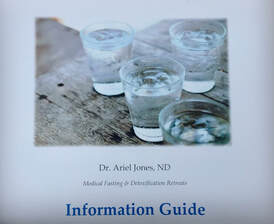 For full details on how to break a fast, prepare for a fast, what to expect and what to do during fasting check out our water fasting guide available here.  For a recommendation specific to your case, consider a consultation with Dr. Ariel Jones. Available online and over the phone.
1 Comment
This year has seen the creation and implementation of the Introduction to Water Fasting 7 Day Retreat created by Dr. Ariel Jones in response to the interest in fasting.
A bite sized amount of time to learn about fasting without having to commit to a length that feels intimidating or impossible. The 7 day water fast has a particular structure. Starting with juices to cleanse the gut, we gently transition into the water fasting and finish with reintroduction. Here is the formula: The reintroduction of foods must be done to transition back into regular eating following the fast. The length of the reintroduction should be half the length of the water fast. Enjoying fresh made vegan meals together at the end of the retreat is a celebration of pleasure as all the senses are heightened from the fast. Food has never tasted as fresh and delicious! What do you do while you are fasting?Going through a detox is a great time to reflect on our food habits and choices to see if there are changes you would like to make. We include specific programming into the week to enhance the detoxification process and teach new skills on living a healthier and more radiant life! 1. Skin Brushing Helps to move the lymph fluid (aka as lymph tissue) from the periphery of the body, hand and feet to the heart where it can be processed and excreted. The lymph system is the sewer system of the body. All the cells in our body produce waste, as a by product of cellular metabolism (making energy!). This waste gets booted out of the cell and into the lymph. By using a skin brush we can help move this waste back to the heart, and into the liver and out through our fecal waste. For more information click here 2. Enemas Enemas are administered in the morning and they help to move bile out of the body which is a byproduct of all the hard work the liver is doing, detoxifying our blood from the toxins and waste materials that are mobilized during a fast. Bile irritates the small intestine and can make people feel nauseous and uncomfortable. Learning how to perform an enema is a good skill to have especially for green coffee enemas, which can be useful for: detoxes, headaches, body pain, cancer, arthritis, liver issues, acne and hormonal imbalance. 3. Colonics This is a good opportunity to have colonics or colon hydrotherapy. Since we are not eating, and the body is already in the process of expelling unwanted toxins, it is an effective time for a colonic to have maximal benefits. Colonics remove built up fecal matter from the large intestine. Do I have built-up fecal matter in my intestine?? Yes! And it can be pounds of it. This fecal matter sits in the crypts and crevices of the large intestine. The problem is that it impairs the optimal functioning of the large intestine which is primarily water reclamation. 4. Earthing & Forest Bathing Taking the time to go outside, barefoot, and reconnect to the earth is something the ancient Japanese called Shinrin-yoku. It has been proven to lower heart rate and blood pressure, reduce stress hormone production, boost the immune system, and improve overall feelings of wellbeing. The essential oils produced in defence by plants, wood, some fruit and vegetables help to increase our immune system, in particular the Natural Killer cells (NK). Forest environments also help to reduce stress by promoting lower concentrations of cortisol, the stress hormone produced in our adrenal glands, lower pulse rate, blood pressure, increase parasympathetic nerve activity, and lower sympathetic nerve activity than do city environments. It also decreases incidence of depression Earthing is walking barefoot on the earth. Absorbing the negative ions on the earth surface combats the positive ions produced by electric current. 5. Meditation Our days begin with a short meditation reminding us to reconnect to our inner selves before starting our day where we focus externally. There are over 3000 scientific studies on the benefits of meditation. Some of which include: increasing focus & memory, decreasing anxiety and depression, improve the immune system, enhance self-esteem and self-acceptance, prevents emotional eating and smoking. 6. Yoga Gentle yoga is a great way to improve the detoxification process. In yoga we contract our muscles which helps to move lymph through our body. Increasing flexibility and strength is a common outcome from the daily yoga, helping people feel more energetic, and capable in their daily lives. Restorative yoga teaches us how to deeply relax and connect to our breath. Learning how to deeply relax is where the majority of our healing can take place. 7. Saurkraut Making Class There are many foods we can make at home that have powerful healing qualities and sauerkraut is one of them. Saurkraut is a lactofermentation of cabbage in salt. The result is a probiotic rich food that acts to heal the cells of our gut, and rebalance our flora for proper absorption of nutrients from our food. 8. 5 Element Broth Preparation This is the basis of our food reintroduction. It was created by Dr. Kazu who worked with over 1500 different foods to find the right combination. In the end he was able to heal himself of intestinal cancer. For more information on the broth, click here. 9. Community Sharing In community we heal. By sharing our real-time experiences we practice opening and being vulnerable with others. In return we are offered support and guidance from our peers and a shared sense of community. During community sharing we offer others the gift of our presence so that they may heal too. 10. Doctor Lecture Once a day Dr. Jones offers a short presentation or lecture on a subject to do with: water fasting, detox, health & wellness, juice cleansing, a particular disease, mind/body medicine, or spiritual journey. Education continues and builds over the course of the week.
|
| Preparation for a water fast includes:
|
Daily Routine
Sleeping and Waking Everyone wakes up at different times. During a water fast less sleep is often needed because the body is not burdened with breaking down food. But sleeping during the day is common. Waking up can feel great, it can also feel difficult - with nausea or body pains. After 3-4 days energy increases and the body feels great.
Meditation allows each person to get in touch with their inner journey. When you are fasting the mind is quiet and there is a sense of calm. Messages are easier to download and interpret which means lots of journalling happens also.
Nature is the source of all things. It is where we come from and what we are made of. Spending time in nature is essential during a water fast. We spent time at the ocean, park and garden, appreciating the endless beauty of the island and tranquility around us.
Skin Brushing is a post I have written about before here. It is the act of physically brushing your lymph fluid from the extremities towards the heart for eventual elimination by the gut. The lymph system is the body's sewer. All the by products of cellular metabolism and toxins get pushed out into the lymph. Because there is no pump for lymph fluid, like there is for blood, it relies on muscle contraction to move. Often times it sits and accumulates in distal tissues like hands and feet.
Infrared Saunas promote detoxification. Infrared is a light wavelength that we interpret as heat. It penetrates 6 cm into the body to force toxins out. Infrared saunas can help with heavy metal detox, tissue and injury repair and mental relaxation. Its an excellent space to meditate, especially if you add some crystals! Essential oils can be diffused in a small dish of water to enhance detox. Make sure to skin brush just before. My favourite essential oils for detox are: Fir balsam, lemon, eucalyptus and lavender.
Morning enemas are a water, non-retention enema. They are used to continue to move waste out of the colon for comfort and to reduce the symptoms of detox. Enemas help with nausea by reducing the amount of bile that builds up in the digestive tract. Enemas can help with brain fog and headaches. As a morning ritual it is done until the water flows out clear. We buy our enema kits here.
Meditation allows each person to get in touch with their inner journey. When you are fasting the mind is quiet and there is a sense of calm. Messages are easier to download and interpret which means lots of journalling happens also.
Nature is the source of all things. It is where we come from and what we are made of. Spending time in nature is essential during a water fast. We spent time at the ocean, park and garden, appreciating the endless beauty of the island and tranquility around us.
Skin Brushing is a post I have written about before here. It is the act of physically brushing your lymph fluid from the extremities towards the heart for eventual elimination by the gut. The lymph system is the body's sewer. All the by products of cellular metabolism and toxins get pushed out into the lymph. Because there is no pump for lymph fluid, like there is for blood, it relies on muscle contraction to move. Often times it sits and accumulates in distal tissues like hands and feet.
Infrared Saunas promote detoxification. Infrared is a light wavelength that we interpret as heat. It penetrates 6 cm into the body to force toxins out. Infrared saunas can help with heavy metal detox, tissue and injury repair and mental relaxation. Its an excellent space to meditate, especially if you add some crystals! Essential oils can be diffused in a small dish of water to enhance detox. Make sure to skin brush just before. My favourite essential oils for detox are: Fir balsam, lemon, eucalyptus and lavender.
Morning enemas are a water, non-retention enema. They are used to continue to move waste out of the colon for comfort and to reduce the symptoms of detox. Enemas help with nausea by reducing the amount of bile that builds up in the digestive tract. Enemas can help with brain fog and headaches. As a morning ritual it is done until the water flows out clear. We buy our enema kits here.
Lavender on Mayne Island, BC
Mind, Body, Spirit
Water fasting has been used for centuries by most religions as a way of purging the body and getting closer to god. Today is no different. Water fasting opens a portal to the seventh chakra allowing for a more direct connection to Source.
Water fasting is also a time of deep transformation. Ideas about yourself and old stories are especially susceptible for release. This water fast we did a gentle release of that which no longer serves us. The ceremony went like this:
Japanese Garden, Mayne Island
What we all ended up leaving behind were old ideas of ourselves that were no longer in purpose. The shared affirmation:
Water fasting is also a time of deep transformation. Ideas about yourself and old stories are especially susceptible for release. This water fast we did a gentle release of that which no longer serves us. The ceremony went like this:
Japanese Garden, Mayne Island
- Walk the path of the Japanese Garden
- Think about something you no longer want to carry forward into your new life
- Pick up a piece of nature that represents this idea, image or story
- Together we each said what we were willing to be free from and created an affirmation. The gathered item was discarded into the pond, or gently placed as a symbol of leaving it behind. We each chose: A rock, a leaf, pieces of old bark.
What we all ended up leaving behind were old ideas of ourselves that were no longer in purpose. The shared affirmation:
I AM WORTHY!
Breaking the Fast
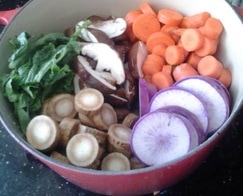
Short water fasts can be broken easily with the broth of 5 Element Soup. It is a delicious vegetable recipe broth created by Dr. Tateishi Kazu, a Traditional Chinese Medicine Doctor. From the Hawaii Naturopathic Retreat Website:
"(5 Element Soup) was created by Dr. Tateishi Kazu who based the soup on the principles of the five elements theory in Chinese medicine. The harmonizing balance of the forces of yin and yang, acid and alkaline, that generates health; in contrast to the imbalance, which leads to disease."
"He researched, studied and tested over 1,500 types of herbs and plants to come up with the unique healing vegetable soup. Each essence possesses its own color: green, red, yellow, white and black. These relate to the corresponding internal organs: heart, liver, spleen, lung and kidneys. Dr. Kazu used the concept of the five different colors as matched to specific vegetables:
Water fasts can be broken with other foods such as fresh & juicy in-season fruits, steamed soft vegetables like zucchini or carrots and other broths, like Hippocrates Soup.
"(5 Element Soup) was created by Dr. Tateishi Kazu who based the soup on the principles of the five elements theory in Chinese medicine. The harmonizing balance of the forces of yin and yang, acid and alkaline, that generates health; in contrast to the imbalance, which leads to disease."
"He researched, studied and tested over 1,500 types of herbs and plants to come up with the unique healing vegetable soup. Each essence possesses its own color: green, red, yellow, white and black. These relate to the corresponding internal organs: heart, liver, spleen, lung and kidneys. Dr. Kazu used the concept of the five different colors as matched to specific vegetables:
- Daikon Radish Leaves (Green element)
- Daikon Radish (White element)
- Carrots (Red color element)
- Burdock Root (Yellow element)
- Shittake Mushroom (Black element)
Water fasts can be broken with other foods such as fresh & juicy in-season fruits, steamed soft vegetables like zucchini or carrots and other broths, like Hippocrates Soup.
After The Water Fast
After the water fast the digestive system is delicate. Water enemas can be done each day until there is a bowel movement.
Small portions are very important to not overwhelm a digestive system just beginning to secrete acids and enzymes.
It is necessary to avoid meat, oils and fatty food for a few days after a short fast, and much longer if the fast is over a week.
Garlic, onion and spices are too corrosive for the gut and should be added in gradually.
Salt becomes less necessary after a fast as the taste sensation is heightened.
Small portions are very important to not overwhelm a digestive system just beginning to secrete acids and enzymes.
It is necessary to avoid meat, oils and fatty food for a few days after a short fast, and much longer if the fast is over a week.
Garlic, onion and spices are too corrosive for the gut and should be added in gradually.
Salt becomes less necessary after a fast as the taste sensation is heightened.
Frequently Asked Questions
Do you feel tired during a water fast?
Water fasting forces the body to change over from glycolysis to ketosis. This process is that hardest. It is day 2-3 of a water fast and it is when you feel the least energetic. Following this transition, energy steadily picks up.
The heavy detoxification of a water fast can feel uncomfortable involving nausea or vomiting for some people. This doesn't last long and wellness returns. Everyone's experience is different depending on their medical history.
The heavy detoxification of a water fast can feel uncomfortable involving nausea or vomiting for some people. This doesn't last long and wellness returns. Everyone's experience is different depending on their medical history.
How long do you have to fast for?
The length of your fast depends on your health goals. The length usually can be determined by the severity of the illness being healed. A 3 day fast is a good break for the digestive system and an opportunity for the body to learn to regulate glucose metabolism.
Most medical water fasts should be at least 7 days and probably more like 10-14. This length is where deep healing happens from: osteoarthritis, fibroids, autoimmune disease, chronic pain, migraines and more.
Most medical water fasts should be at least 7 days and probably more like 10-14. This length is where deep healing happens from: osteoarthritis, fibroids, autoimmune disease, chronic pain, migraines and more.
How often should somebody fast?
Short fasting periods can be done frequently. There is one form of intermittent fasting where one day each week is dedicated to just water. A short 3 day fast can happen many times in a year.
Week long fasts or more shouldn't happen more than 1x per year. The body needs time to recover and the season for water fasting is important too. Spring or summer is the best time to water fast because it is the time of renewal and rebirth. It is also warm enough in most regions to fast at this time. During a water fast, your body temperature drops making even warm climates like Hawaii feel chilly!
Week long fasts or more shouldn't happen more than 1x per year. The body needs time to recover and the season for water fasting is important too. Spring or summer is the best time to water fast because it is the time of renewal and rebirth. It is also warm enough in most regions to fast at this time. During a water fast, your body temperature drops making even warm climates like Hawaii feel chilly!
Can I fast at home by myself?
Water fasting is done all over the world at home without medical supervision or a guide. The benefits of having a guide are tremendous. Someone with experience water fasting can help ease the process where necessary and catalyze deep emotional shifts.
Medical supervision is necessary for anyone on prescription medication, fasts longer than a week, history of chemotherapy or other toxic drugs and serious medical conditions.
Medical supervision is necessary for anyone on prescription medication, fasts longer than a week, history of chemotherapy or other toxic drugs and serious medical conditions.
Will I be able to work while I am fasting or look after my kids?
Water fasting is an intensive detox. If it is your first water fast, the chances are you are going to detox heavily. Symptoms can range from: headaches to migraines, and nausea or vomiting. Low blood pressure is common so moving quickly is not an option.
Experienced fasters can sometimes maintain a job while fasting.
Taking care of your family may be hard in the first few days of a water fast but will become much easier as the days go on.
Its my recommendation to take time off during a water fast. There are many more benefits to a water fast, than just relieving the body of food, which come from solitude and stillness, time with nature and relaxation.
Experienced fasters can sometimes maintain a job while fasting.
Taking care of your family may be hard in the first few days of a water fast but will become much easier as the days go on.
Its my recommendation to take time off during a water fast. There are many more benefits to a water fast, than just relieving the body of food, which come from solitude and stillness, time with nature and relaxation.
Will you be holding another fast?
Our water fasts are scheduled throughout the year in various location around the world. If you would like more information about our next fast in November in Hawaii, please send me an email to: [email protected]
Opening as every moment is the practice of true bliss
- David Deida
In our brain there is an area known as the hypothalamus. It main role is homeostasis. It functions to regulate our appetite, temperature, heart rate, blood pressure, fluid and electrolyte balance and sleep cycles. It receives information from all parts of our nervous system and responds by producing hormones. These hormones are released onto our pituitary gland which produces more hormones targeted to our organs. Together, these two areas of the brain control our kidneys, adrenal glands, sex organs, bones, muscles, thyroid gland, ability to orgasm and connect with our loved ones, as well as produce milk after birth. And that is just the short list.
In this article we explore how appetite and body weight are controlled by the hormone leptin and what fasting can do to help regulate this process.
What is leptin?
Leptin is a hormone produced by fat cells. Its function is to tell the brain how much fat we have so that it can regulate energy production. When we have enough fat stored, we don't need to eat to have enough calories to run the system. Our bodies are a complex balance between the amount of energy we need, the calories required to eat and expend and how much fat we will store on our bodies to meet that need. It is an ongoing tally. The leptin system evolved so that we wouldn't starve to death and now we sure aren't. In fact we are eating ourselves to death. Why is that?
In this article we explore how appetite and body weight are controlled by the hormone leptin and what fasting can do to help regulate this process.
What is leptin?
Leptin is a hormone produced by fat cells. Its function is to tell the brain how much fat we have so that it can regulate energy production. When we have enough fat stored, we don't need to eat to have enough calories to run the system. Our bodies are a complex balance between the amount of energy we need, the calories required to eat and expend and how much fat we will store on our bodies to meet that need. It is an ongoing tally. The leptin system evolved so that we wouldn't starve to death and now we sure aren't. In fact we are eating ourselves to death. Why is that?
The Broken Leptin System
Leptin communicates to the brain how much fat is being carried in an effort to balance the energy out/energy in requirement. Since leptin is produced by our fat cells, when there is lots of fat, there is lots of leptin. In a state of adequate fat stores, a satiety signal is produced in the brain inhibiting us from consuming more calories. In low fat states our brain is told we are running the risk of starvation and to increase caloric intake. This is a negative feedback cycle where in the presence of adequate fat stores, the desire to consume more calories is turned off.
When people are obese, they have a lot of fat cells and therefore a lot of leptin. This over production of leptin, coupled with the over production insulin seen in obesity, causes a leptin resistance in the brain. The brain becomes less sensitive to the signals from leptin telling it there are adequate fat stores. Leptin resistance due to high levels of insulin and circulating leptin is the main physiological mechanism behind obesity. This leptin resistance the brain signals us to both eat more, and expend less energy!
What Happens When We lose Weight?
Although losing weight, and therefore fast cells and leptin would seem like a good idea, in fact it triggers the desire to eat more. When we lose fat cells and leptin, we don't automatically regain leptin sensitivity in the brain. The reduction in circulating leptin trigger a starvation effects on the brain resulting in increased appetite and decreased energy expenditure.
Other Causes of Leptin Resistance
Losing weight isn't the only cause of leptin deficiency. There are genetic defects that lead to low levels of leptin. It is estimated that approximately 3% of obese individuals have a receptor defect causing obesity. In the United States, that is roughly 2.3 million people.
Inflammation in the hypothalamic region of the brain has been shown to cause leptin resistance. Leptin has a role in regulating the immune system because of its similarity in shape and function to another inflammatory mediator called interleukin-6. The presence of the inflammatory marker CRP has been correlated with leptin resistance in obese individuals.
Other causes of leptin resistance are due to intracellular suppression of leptin signalling as well as extracellular binding of leptin, making it unavailable to the cells.
Increasing Leptin Sensitivity to Keep Weight Off
1. Reduce circulating insulin level
Insulin sensitivity can be improved many ways: reduced glucose intake, fasting, eating foods that support insulin sensitivity in cells: Chia, Maca, Cinnamon zeylenicum/cassia and the plant Gymnema sylvestre.
2. Decrease inflammation
The majority of inflammation in the system comes from the gut. Specifically eating inflammatory foods such as: processed foods, refined sugar, GMOs, non-organic foods, and allergenic foods like wheat, dairy, corn and soy. Avoiding inflammatory foods reduces inflammation in the gut. When the gut is exposed to inflammation over a period of time, the tight junctions between the gut cells becomes permeable. Meaning undigested food particles escape into the blood stream. These food particles trigger the immune system to produce immunoglobulins against them, thinking they are foreign invaders. This process creates food allergies and sensitivities. The foods we are allergic to differ person to person, so having them assessed by a physician is the first step to helping repair the gut. Other ways to repair the gut lining and decrease inflammation are taking supplements proven to help: fish oil, L-glutamine, FOS (fructooligosaccharides) and probiotics.
Getting enough sleep + exercising have been shown to lower gut inflammation.
3. Exercise
Exercise doesn't have to be stressful. Even 30 minutes a day has been proven to lower heart disease and prevent diabetes. If you are staring exercise for the first time, you can use my 15 minute rule:
- 15 minutes there
- 15 minutes back
This is basically a walk around a few blocks. Getting outside also improves mental health. Sun exposure and nitrogen intake are all correlated with better moods. Have a look into a new science called "forest bathing".
4. Fasting
Fasting, whether it is true water fasting or intermittent is a great way to increase leptin and glucose sensitivity in the cells. Intermittend fasting is the practice of have 1 day of decreased calories per week or 1 complete fasting day per week or a 16 hour fast each night. Any of these options work the same way: giving the body a chance to use up the glucose and being to use up the glycogen or glucose stores. In doing this, we train our body to respond less to the signal that glucose is gone. Because it knows there is another reserve (glycogen). What this looks like is a decrease in urgency for a snack or glucose fix. And it is freeing. Whatever your needs are during the week for work, activing or family life, there is an intermittent fasting protocol that fits your needs.
Water fasting is a more intensive form of resetting the glucose tolerance and insuline sensitivity in cells. It involves ingesting only water for a period of time. By doing this, our body uses up all the glucose and glycogen energy stores and begins a process called Ketosis - breaking down fats for fuel. For more information on how to water fast or intermittent fast, contact our clinic for personalized programs and advice.
5. MIC injections
MIC stands for methionine, inositol and choline and they are known as lipotropic or " fat metabolizing". These injections target the primary fatty deposits in the stomach, gluteus region, hips, inner thighs and under arms. They are a special formula of vitamins, nutrients and cofactors designed to support the liver to breakdown and eliminate fats from the body.
How do they help burn fat?
Methionine is an essential amino acid meaning that we have to eat it to have it. It assists in the break down of fat in the liver which lowers your body's cholesterol and removes it from the circulatory system.
The inositol component is involved in the biological signalling of fat metabolism. It reduces serum cholesterol, by promoting fat metabolism.
Choline is an essential nutrient required for the transport of fats and cholesterol. After break down, fats are transported to the liver where they are broken down in to their component parts and excreted from your body through bile.
Other nutrients in the formula are Vitamin B12, B-Complex and Carnitine. B vitamins are ubiquitous helpers in the body's biochemical processes. Carnitine is an amino acid helpful in breaking down fat and preserving muscle and transporting fat from high density areas to the liver.
Through diet, people may be deficient in any or all of these nutrients making fat burning more difficult. A routine schedule of MIC injections can support the body with the nutrients it needs to function properly as part of a fasting or medical program.
MIC stands for methionine, inositol and choline and they are known as lipotropic or " fat metabolizing". These injections target the primary fatty deposits in the stomach, gluteus region, hips, inner thighs and under arms. They are a special formula of vitamins, nutrients and cofactors designed to support the liver to breakdown and eliminate fats from the body.
How do they help burn fat?
Methionine is an essential amino acid meaning that we have to eat it to have it. It assists in the break down of fat in the liver which lowers your body's cholesterol and removes it from the circulatory system.
The inositol component is involved in the biological signalling of fat metabolism. It reduces serum cholesterol, by promoting fat metabolism.
Choline is an essential nutrient required for the transport of fats and cholesterol. After break down, fats are transported to the liver where they are broken down in to their component parts and excreted from your body through bile.
Other nutrients in the formula are Vitamin B12, B-Complex and Carnitine. B vitamins are ubiquitous helpers in the body's biochemical processes. Carnitine is an amino acid helpful in breaking down fat and preserving muscle and transporting fat from high density areas to the liver.
Through diet, people may be deficient in any or all of these nutrients making fat burning more difficult. A routine schedule of MIC injections can support the body with the nutrients it needs to function properly as part of a fasting or medical program.
Our fasting programs are designed specifically for you, to help you lose weight in a way that works best for your body. To learn more about the best way to lose weight and reduce fat book an appointment!
References:
http://www.ncbi.nlm.nih.gov/pubmed/8532024/
http://www.ncbi.nlm.nih.gov/pubmed/23359004
http://www.ncbi.nlm.nih.gov/pubmed/16932334
https://ghr.nlm.nih.gov/condition/leptin-receptor-deficiency#statistics
http://www.ncbi.nlm.nih.gov/pmc/articles/PMC4556270/
https://empower.pharmacy/mic-injection.html\
Photo credit:
http://ilonadesign.blogspot.ca/2014/01/leptin-hunger-hormone.html
http://www.nutrativaglobal.com/current-news/chia-seed-oil/
Intermittent Fasting is a diet that promotes having a 16 hour fast from food each day. That looks like finishing dinner by 7 pm and not eating until 11 am the next day. Intermittent fasting has a number of positive benefits on the body. Lets have a look:
Brain - improved cognitive function, stress resistance and reduced inflammation, reduce Parkinson's symptoms
Heart- lowered heart rate & blood pressure, increased stress resistance
Fat Cells- breakdown
Muscle Cells- increased insulin sensitivity, efficiency and reduced inflammation
Blood- decrease in inflammatory mediators, leptin hormone, increased ketones from ketogensis
Liver- increased insulin sensitivity, ketone production, decreased inflammatory mediators
Intestines- reduced energy uptake, inflammation and cell proliferation
What does all of that mean?
- Better memory and ability to think clearly & a reduced risk of age-related dementia
- Decreased risk of heart attack, high blood pressure-related issues & diabetes
- LOSE WEIGHT, avoid age related health issues, maintain lobido
- Reduce gas, bloating and digestive disorders
What is a ketone?
Ketone bodies are the product of fat metabolism. In the absence of sugar, or the storage form of sugar known as glycogen, the body has to utilize another source of energy to power our bodies, brain and heart. That source is fat. Fat is broken down in the cells to produce ketones which are used as energy currency throughout the body.
When we fast, our body goes through a process of using up our stored energy beginning with glucose. Once that is complete, it looks to the liver where glycogen (stored glucose) is kept. Finally, in the absence of glycogen it moves on to fat. Re-teaching the body how to use up its glucose stores is the key behind the benefits of fasting. Large amounts of stored sugars leads to increased fat production, decreased insulin sensitivity, the development of diabetes, heart disease, metabolic syndrome, inflammation and an increased risk of heart disease and stroke.
Ketogenic diets are used currently by many MDs and hospitals for the treatment and management of seizures in epilepsy.
What is Insulin Sensitivity?
Each one of our cells has insulin receptors on it. Why? Because sugar powers our cells. That means to run all the necessary functions, our cells have to take in sugar from the blood stream and convert it to energy, especially the brain. Insulin sensitivity is a measurement of how easily our cells are able to bind the circulating sugar and bring it in.
In the presence of too much sugar, our cells down regulate the number of insulin receptors to reduce the amount of sugar being brought in. The cells become LESS sensitive to circulating insulin, and blood sugar levels rise as we consume sugar but don't take it up. This is the mechanism behind Type 2 diabetes: too much sugar consumption, fat production, insulin resistance and the oxidation of that fat leading to disease.
Excess sugar becomes fat!
Excess blood sugar is stored in the liver as glycogen. When there is too much glycogen, it is broken down into its components, one of which is Acetyl-Co A. Acetyl-Co A is subsequently transformed into fatty acids. Too much sugar is therefore converted to fat in the liver.
Why would I want to lower my leptin?
Leptin is the hormone produced in our fat cells that relays a message to the brain telling it how much fat we have. In a normally functioning system high leptin levels will relay a satiety signal to the brain, decreasing our desire to consume food. Why would we want to lower it? In a malfunctioning system where there are too many fat cells, there is also too much leptin. Too much leptin leads to leptin resistance in the brain. The satiety signal is never released and MORE fat is consumed. Decreasing the amount of leptin promotes leptin sensitivity in the brain and decreases the desire to consume fats in the diet.
How Intermittent Fasting works
It takes 13 hours for all the glycogen in our livers to be used up. If we eat 3 meals a day, we don't have time to use up our glycogen, and therefore don't enter into fat breakdown. Intermittent fasting allows for the breakdown of fats to Ketone bodies. Why is this a good thing?
Profound affects on Brain Health
1. Stimulates neurotropic factors (e.g. BDNF)- promote the growth, connection and strengthening of neurons in your brain. Neurons are our individual brain cells that are connected through electrochemical transmissions using neurotransmitters such as: dopamine, epinepherine, norepinephrine, serotonin, histamine, GABA and glutamate.
Challenges to the brain in the form of fasting, exercise and learning increases these neurotophic factors.
2. Increases the energy in our cells - Mitochondria are the power houses of the cell. They produce all the energy the cell needs to function. Intermittent fasting increases the number of mitochondria produced in our neurons due to the up-regulation of BDNF produced from the stress of the fast. The increase in mitochondrial energy production increases both the number of neurons formed and the strength in their connection improving our learning and memory abilities.
3. Enhances neuronal ability to repair DNA - fasting produces a small oxidative stress which causes our cells to increase its protection and repair of DNA.
Summary
Intermittent fasting is a stress on the body that increases memory and the ability of our brain to learn. It reduces the risk of developing serious life-threatening diseases.
How do I intermittent Fast?
1. Reducing your eating time to 8 hours per day
2. Taking a break from eating from 7 pm - 11 am the next day
3. The "5:2 Plan" - 2 days a week eat only 500 calories
TEDx
Below is a presentation by Mark Mattson, Chief of Laboratory Neuroscience at the National Institute on Aging and a professor at John's Hopkins University, discussing the benefits of Intermittent Fasting based on the studies he's read and performed.
To learn more about how to implement an Intermittent Fasting protocol, the best thing to do is consult a trained professional. Book an appointment with us to discuss how Intermittent Fasting can work for you.
Brain - improved cognitive function, stress resistance and reduced inflammation, reduce Parkinson's symptoms
Heart- lowered heart rate & blood pressure, increased stress resistance
Fat Cells- breakdown
Muscle Cells- increased insulin sensitivity, efficiency and reduced inflammation
Blood- decrease in inflammatory mediators, leptin hormone, increased ketones from ketogensis
Liver- increased insulin sensitivity, ketone production, decreased inflammatory mediators
Intestines- reduced energy uptake, inflammation and cell proliferation
What does all of that mean?
- Better memory and ability to think clearly & a reduced risk of age-related dementia
- Decreased risk of heart attack, high blood pressure-related issues & diabetes
- LOSE WEIGHT, avoid age related health issues, maintain lobido
- Reduce gas, bloating and digestive disorders
What is a ketone?
Ketone bodies are the product of fat metabolism. In the absence of sugar, or the storage form of sugar known as glycogen, the body has to utilize another source of energy to power our bodies, brain and heart. That source is fat. Fat is broken down in the cells to produce ketones which are used as energy currency throughout the body.
When we fast, our body goes through a process of using up our stored energy beginning with glucose. Once that is complete, it looks to the liver where glycogen (stored glucose) is kept. Finally, in the absence of glycogen it moves on to fat. Re-teaching the body how to use up its glucose stores is the key behind the benefits of fasting. Large amounts of stored sugars leads to increased fat production, decreased insulin sensitivity, the development of diabetes, heart disease, metabolic syndrome, inflammation and an increased risk of heart disease and stroke.
Ketogenic diets are used currently by many MDs and hospitals for the treatment and management of seizures in epilepsy.
What is Insulin Sensitivity?
Each one of our cells has insulin receptors on it. Why? Because sugar powers our cells. That means to run all the necessary functions, our cells have to take in sugar from the blood stream and convert it to energy, especially the brain. Insulin sensitivity is a measurement of how easily our cells are able to bind the circulating sugar and bring it in.
In the presence of too much sugar, our cells down regulate the number of insulin receptors to reduce the amount of sugar being brought in. The cells become LESS sensitive to circulating insulin, and blood sugar levels rise as we consume sugar but don't take it up. This is the mechanism behind Type 2 diabetes: too much sugar consumption, fat production, insulin resistance and the oxidation of that fat leading to disease.
Excess sugar becomes fat!
Excess blood sugar is stored in the liver as glycogen. When there is too much glycogen, it is broken down into its components, one of which is Acetyl-Co A. Acetyl-Co A is subsequently transformed into fatty acids. Too much sugar is therefore converted to fat in the liver.
Why would I want to lower my leptin?
Leptin is the hormone produced in our fat cells that relays a message to the brain telling it how much fat we have. In a normally functioning system high leptin levels will relay a satiety signal to the brain, decreasing our desire to consume food. Why would we want to lower it? In a malfunctioning system where there are too many fat cells, there is also too much leptin. Too much leptin leads to leptin resistance in the brain. The satiety signal is never released and MORE fat is consumed. Decreasing the amount of leptin promotes leptin sensitivity in the brain and decreases the desire to consume fats in the diet.
How Intermittent Fasting works
It takes 13 hours for all the glycogen in our livers to be used up. If we eat 3 meals a day, we don't have time to use up our glycogen, and therefore don't enter into fat breakdown. Intermittent fasting allows for the breakdown of fats to Ketone bodies. Why is this a good thing?
Profound affects on Brain Health
1. Stimulates neurotropic factors (e.g. BDNF)- promote the growth, connection and strengthening of neurons in your brain. Neurons are our individual brain cells that are connected through electrochemical transmissions using neurotransmitters such as: dopamine, epinepherine, norepinephrine, serotonin, histamine, GABA and glutamate.
Challenges to the brain in the form of fasting, exercise and learning increases these neurotophic factors.
2. Increases the energy in our cells - Mitochondria are the power houses of the cell. They produce all the energy the cell needs to function. Intermittent fasting increases the number of mitochondria produced in our neurons due to the up-regulation of BDNF produced from the stress of the fast. The increase in mitochondrial energy production increases both the number of neurons formed and the strength in their connection improving our learning and memory abilities.
3. Enhances neuronal ability to repair DNA - fasting produces a small oxidative stress which causes our cells to increase its protection and repair of DNA.
Summary
Intermittent fasting is a stress on the body that increases memory and the ability of our brain to learn. It reduces the risk of developing serious life-threatening diseases.
How do I intermittent Fast?
1. Reducing your eating time to 8 hours per day
2. Taking a break from eating from 7 pm - 11 am the next day
3. The "5:2 Plan" - 2 days a week eat only 500 calories
TEDx
Below is a presentation by Mark Mattson, Chief of Laboratory Neuroscience at the National Institute on Aging and a professor at John's Hopkins University, discussing the benefits of Intermittent Fasting based on the studies he's read and performed.
To learn more about how to implement an Intermittent Fasting protocol, the best thing to do is consult a trained professional. Book an appointment with us to discuss how Intermittent Fasting can work for you.
References:
http://www.ncbi.nlm.nih.gov/pmc/articles/PMC2367001/
https://authoritynutrition.com/leptin-101/
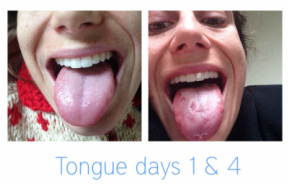
WHAT A RIDE ITS BEEN!
I was called to do a water fast while supervising a patient on their 21 day water fast. In fact, the call came earlier but I didn't listen.
I spent 2.5 months in the magnificent and beautiful country of France this summer. And I ate. I ate and ate and ate and ate. After that, I ate more. About half-way through I heard the call: "You need to stop". I was inflamed all the time. I carried a layer of inflammation + water on my body that weighed probably 5 kilos (the other 5 that I gained were baked goods and cream sauces). But as usual the mind had reasons to not fast, based mostly in fear. They sounded like this:
- "But its your last few weeks..."
- "But... but..what if you can't because... you're not at home"
-"Its not the right situation and you don't have your things" (Things??)
So I postponed it. When I came home I was busy looking for a place to live so I didn't "have the time". I kept eating. Kept feeling inflamed. I Kept having anxiety and mental confusion. And then one night it came, crystal clear and almost audible... While I was laying in bed my soul said "How long will you wait to do something you know you need to do?". I laughed out loud! "I'm not sure", I said. "Ok" she said "well decide. And then lets go". I started water fasting 2 days later. There was a birthday brunch the next day that could not be missed!
This is my second water fast and what an interesting and valuable experience it has been. Not only do I feel great, my mind is clear and the anxiety is gone. I can make decisions easily, and hear the voice of my true self loud and clear. When I close my eyes I fall in to mediation that is so relaxing. I can feel the rejuvenation.
The detoxification stage was hard. Body aches and pains. I thought I might throw up at one point. But these are all a normal part of the body healing itself. THE BODY HEALS ITSELF! Amazing. After day 7 I was called to begin green juices. The same green juices from the Gerson Diet. They are meant to infuse the body with nutrients and vitamins without fiber. I have been doing that and will continue until day 10, the day I feel my fast will be done.
If you are thinking of doing a cleanse, feel the need to detox, or have been called to water fast, I am here to support you on your journey. There is no time like the present to become all we were meant to be. Raw, radiant and healthy.
Aloha, have a great day xoxo
I was called to do a water fast while supervising a patient on their 21 day water fast. In fact, the call came earlier but I didn't listen.
I spent 2.5 months in the magnificent and beautiful country of France this summer. And I ate. I ate and ate and ate and ate. After that, I ate more. About half-way through I heard the call: "You need to stop". I was inflamed all the time. I carried a layer of inflammation + water on my body that weighed probably 5 kilos (the other 5 that I gained were baked goods and cream sauces). But as usual the mind had reasons to not fast, based mostly in fear. They sounded like this:
- "But its your last few weeks..."
- "But... but..what if you can't because... you're not at home"
-"Its not the right situation and you don't have your things" (Things??)
So I postponed it. When I came home I was busy looking for a place to live so I didn't "have the time". I kept eating. Kept feeling inflamed. I Kept having anxiety and mental confusion. And then one night it came, crystal clear and almost audible... While I was laying in bed my soul said "How long will you wait to do something you know you need to do?". I laughed out loud! "I'm not sure", I said. "Ok" she said "well decide. And then lets go". I started water fasting 2 days later. There was a birthday brunch the next day that could not be missed!
This is my second water fast and what an interesting and valuable experience it has been. Not only do I feel great, my mind is clear and the anxiety is gone. I can make decisions easily, and hear the voice of my true self loud and clear. When I close my eyes I fall in to mediation that is so relaxing. I can feel the rejuvenation.
The detoxification stage was hard. Body aches and pains. I thought I might throw up at one point. But these are all a normal part of the body healing itself. THE BODY HEALS ITSELF! Amazing. After day 7 I was called to begin green juices. The same green juices from the Gerson Diet. They are meant to infuse the body with nutrients and vitamins without fiber. I have been doing that and will continue until day 10, the day I feel my fast will be done.
If you are thinking of doing a cleanse, feel the need to detox, or have been called to water fast, I am here to support you on your journey. There is no time like the present to become all we were meant to be. Raw, radiant and healthy.
Aloha, have a great day xoxo
AuthorDr. Ariel Jones ND |
|
Archives
May 2019
February 2019
January 2019
September 2018
March 2018
December 2017
June 2017
March 2017
December 2016
July 2016
February 2016
September 2015
May 2015
April 2015
March 2015
January 2015
December 2014
November 2014
Categories
All
Arthritis
Detoxification
Fasting
Inflammation
Inner Work
Juicing
Natural Product Recipes
Pesticides
Plant Spirit Medicine
Raw Food
Weight Loss
Winter Health
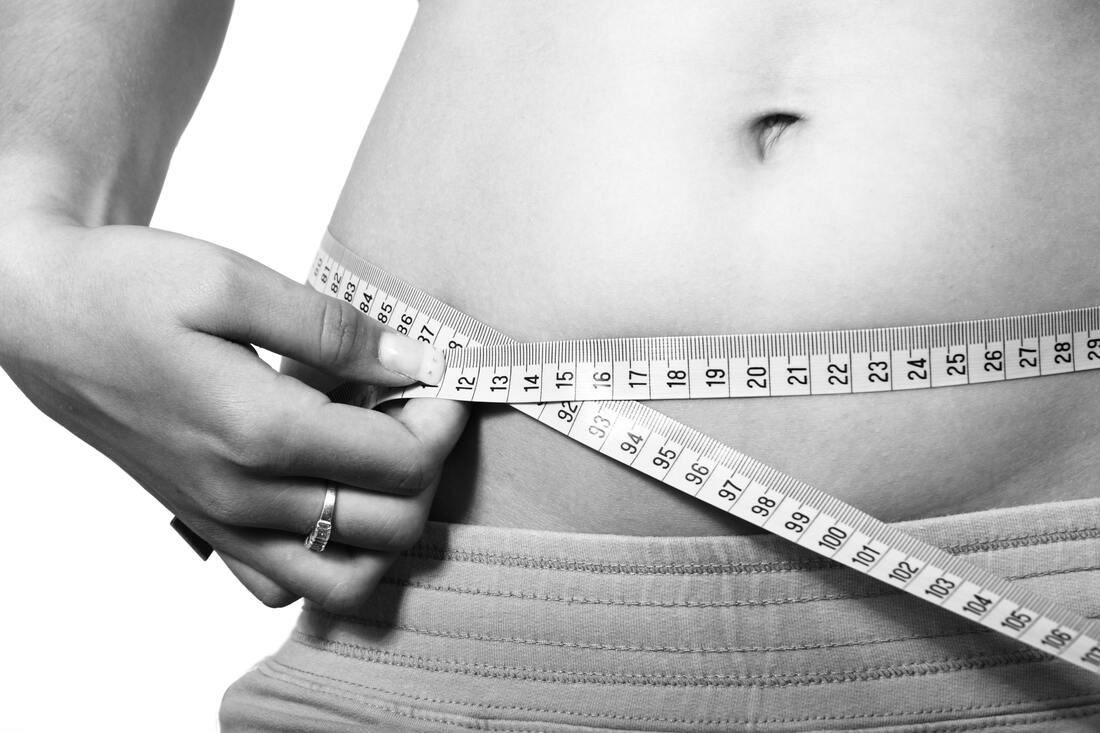
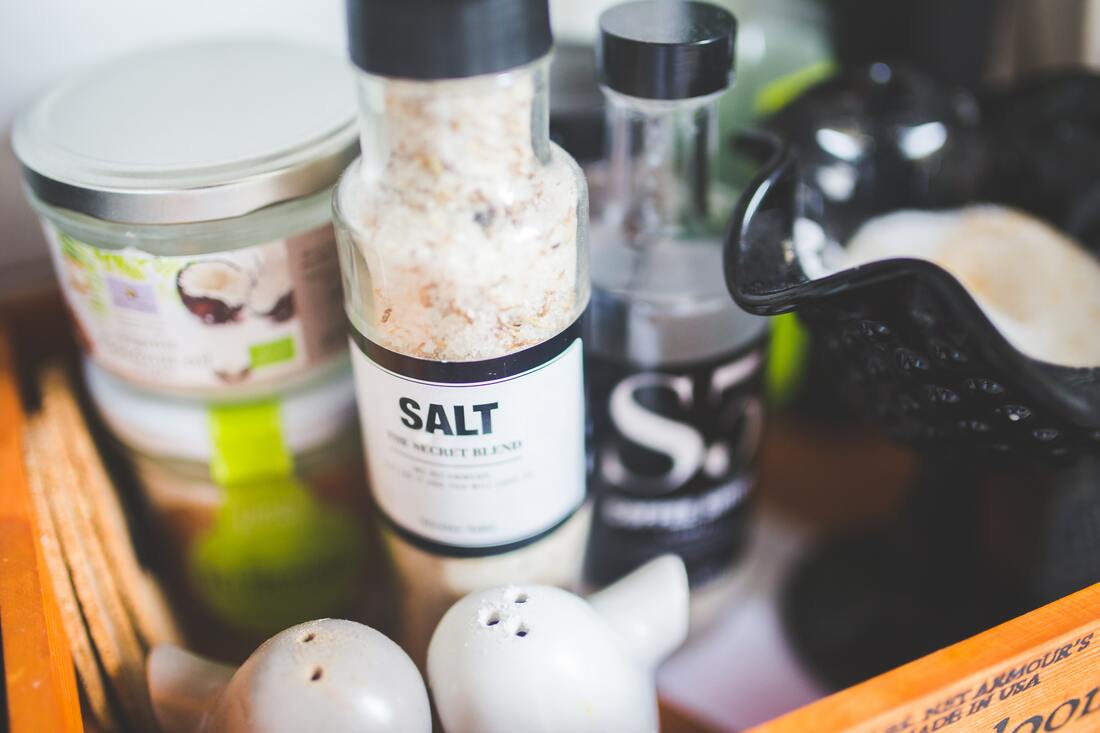
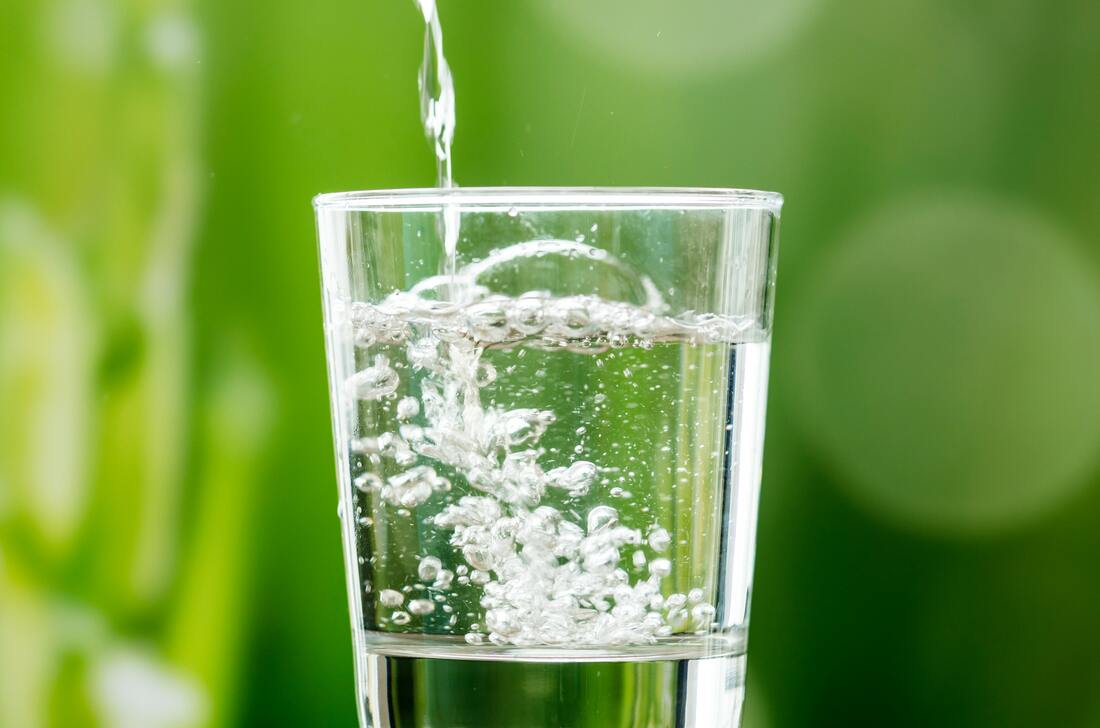



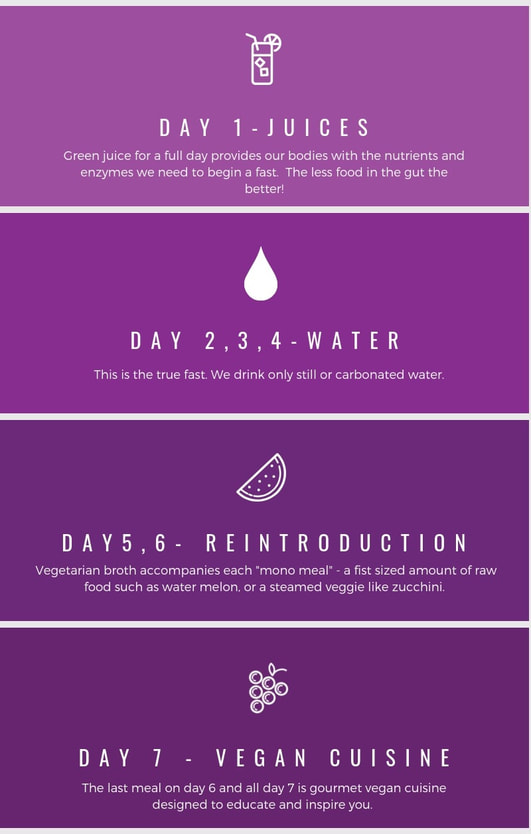

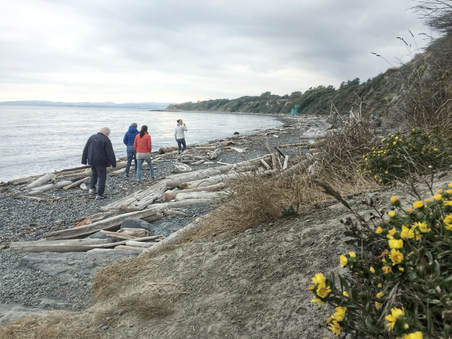

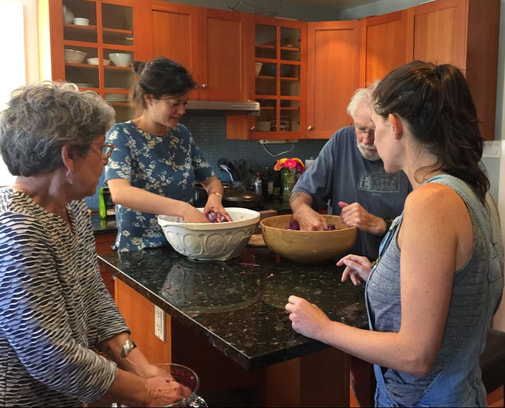

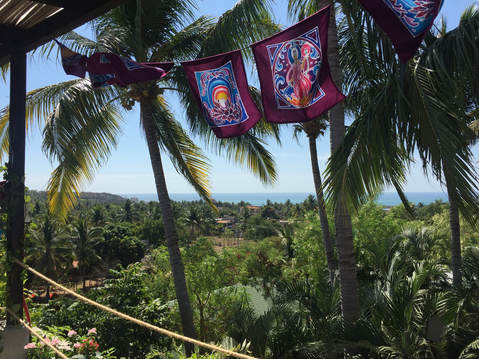

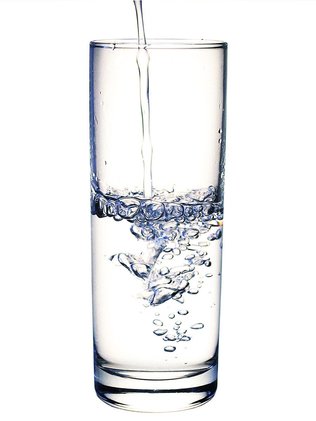
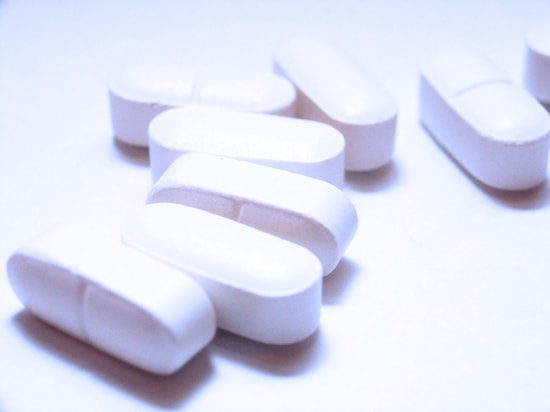
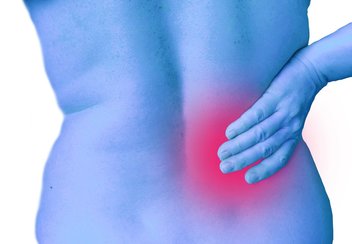
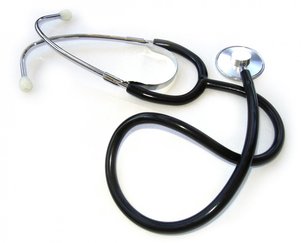
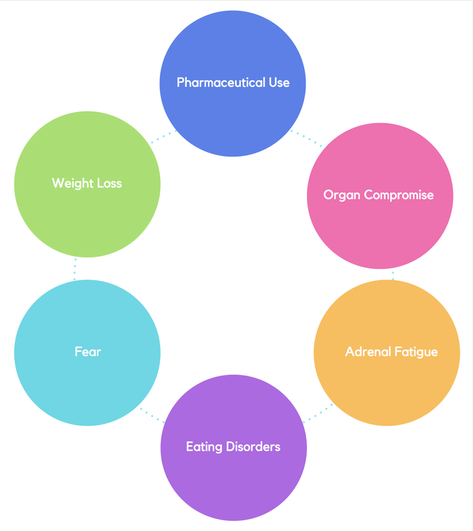
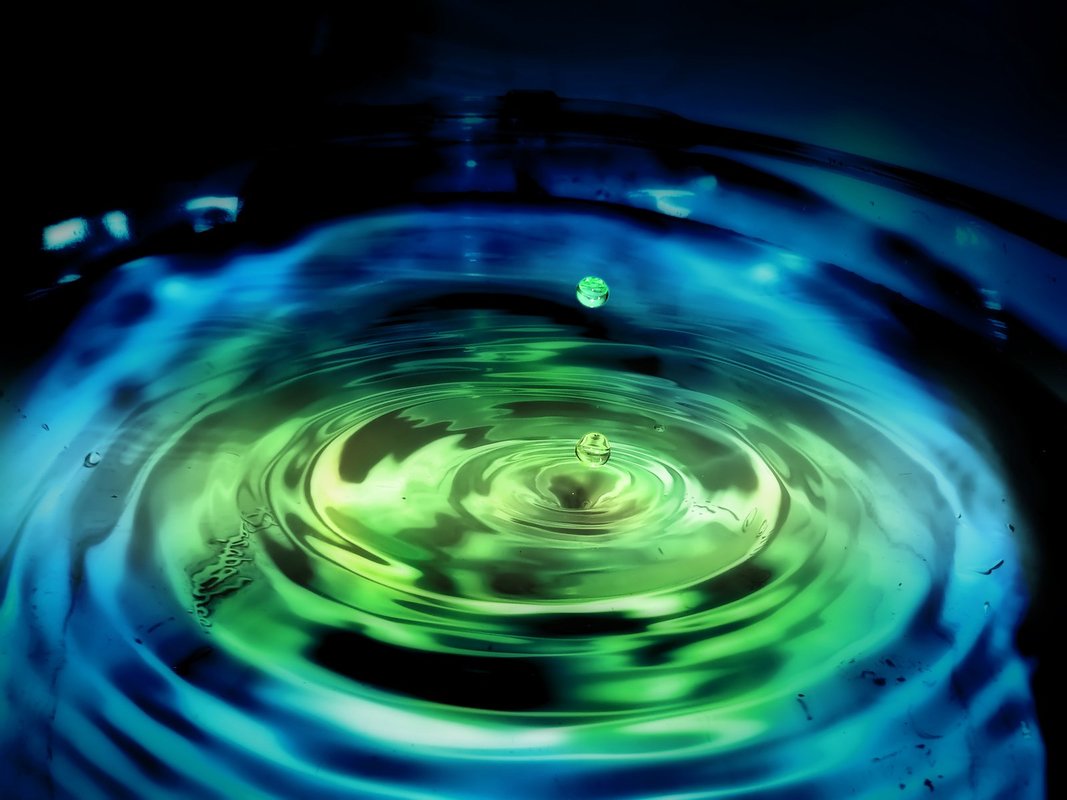
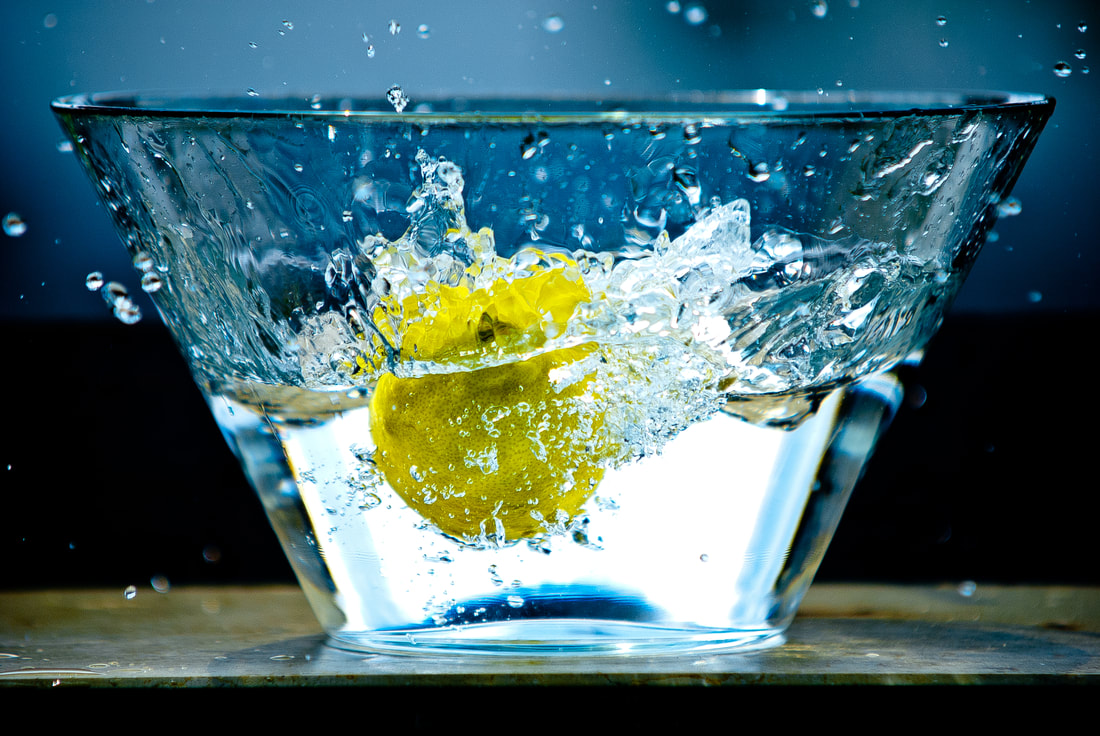

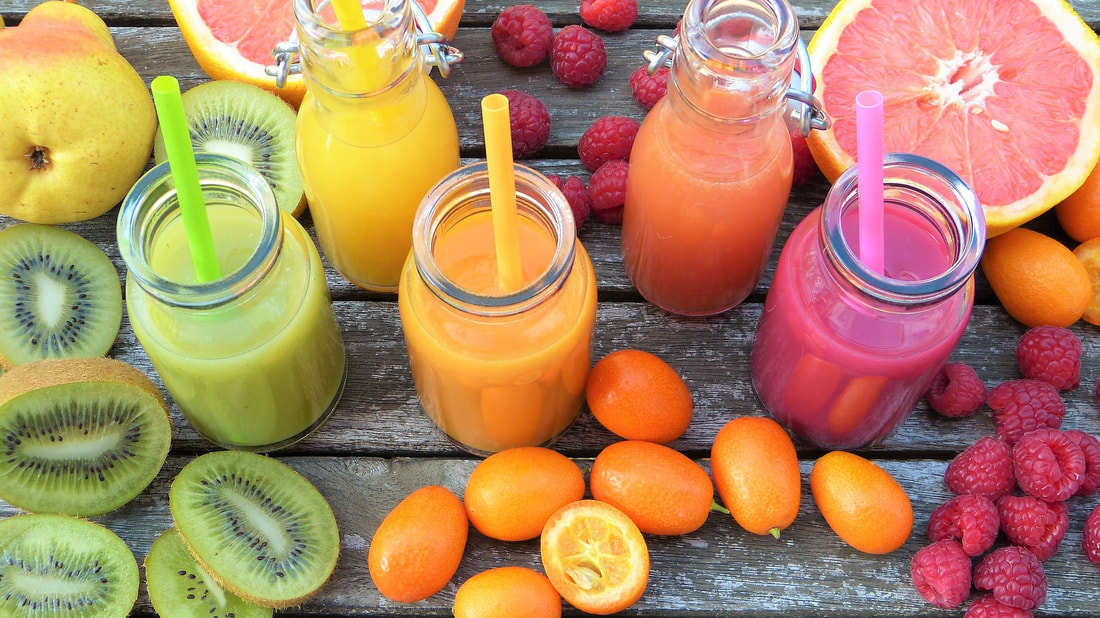

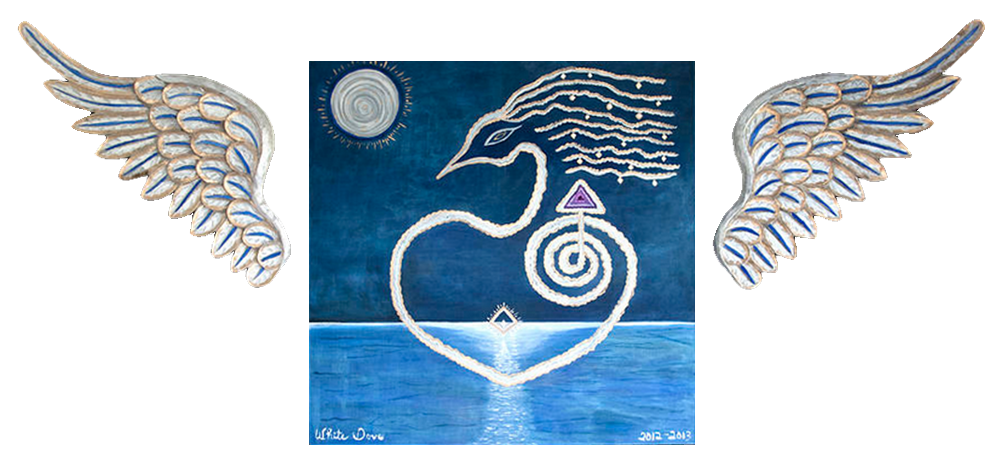
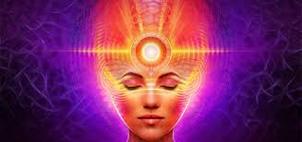
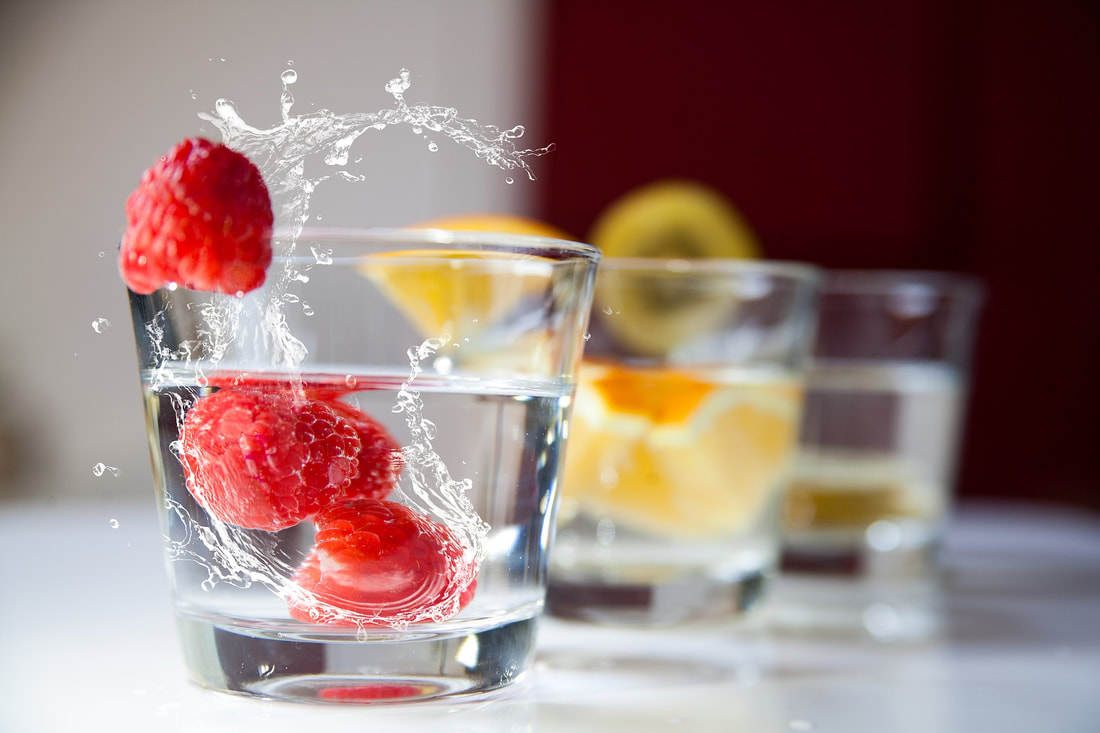
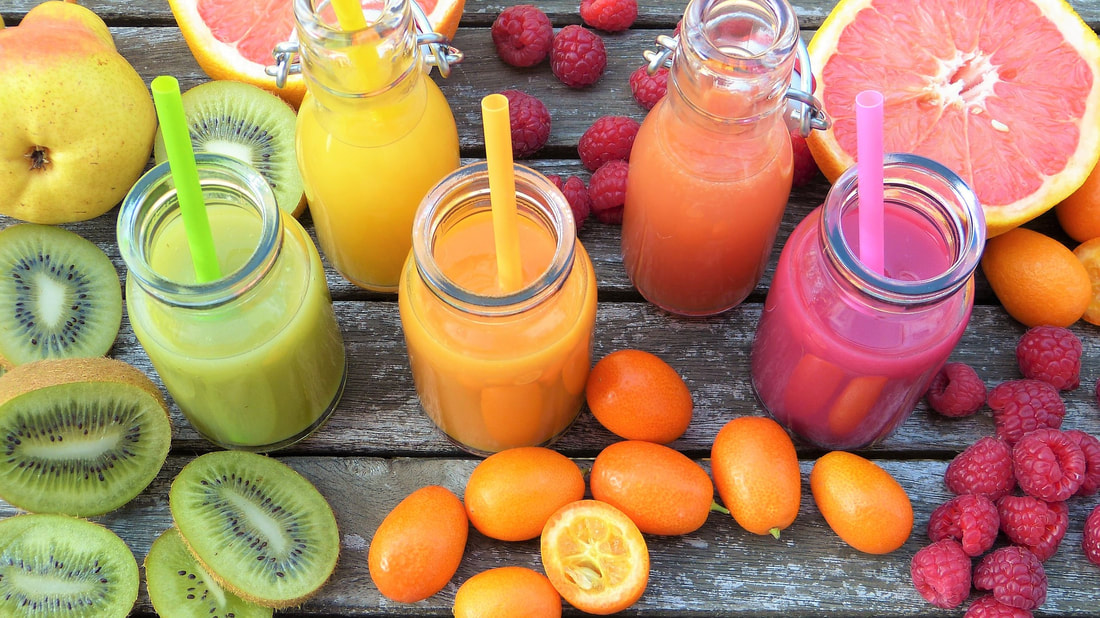
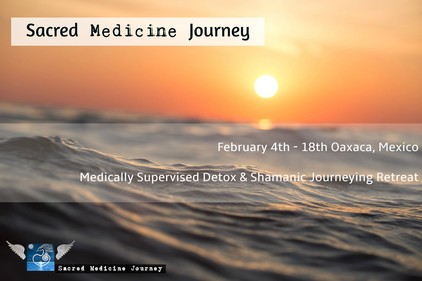

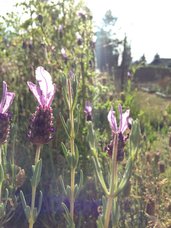
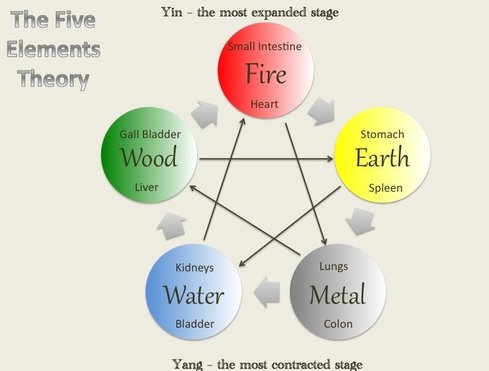
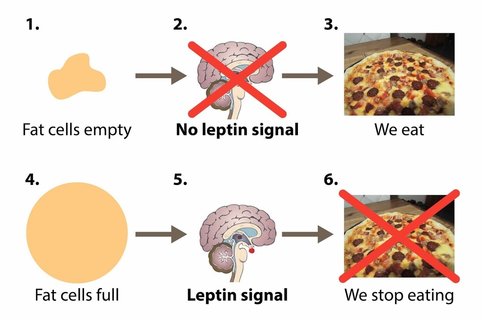
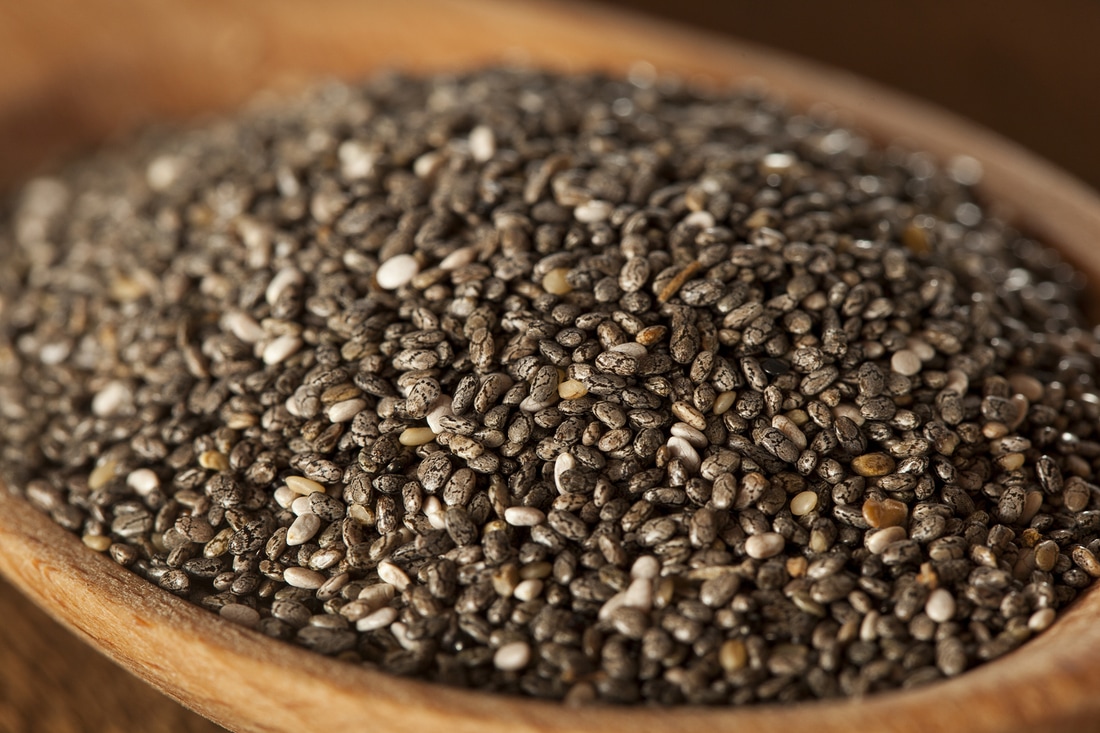
 RSS Feed
RSS Feed